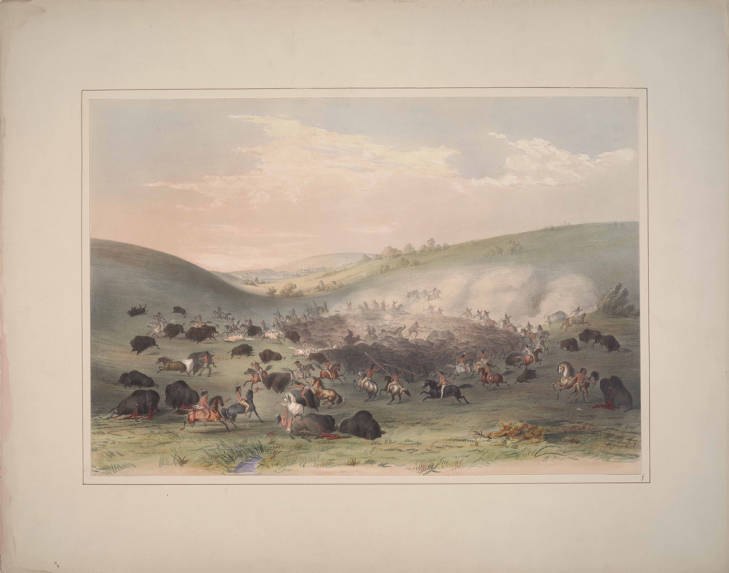Past Native Americans And Environmentalism
While most people hold a simplistic image of Indians as protectors of nature, there are historical examples of Indigenous practices that do not fit the stereotype of the “environmental Indians.” The primary example of this would be buffalo jump, happening from about 500 B.C.E. to as recent as about 1750 C.E. and was used by the Western Plains Indians before the advent of the horse and guns. The action itself entails a group of hunters would scare Buffalo through one means or another (disguising as animals buffalo would run from, chasing them, similar tactics) into running off cliffs to slaughter the entire herd all at once. The justification for such was that otherwise if they only partially killed a herd, the rest would become wary of humans, and therefore they may never be able to hunt them again. While this does make logical sense, one can not argue that it would inevitably end up being rather wasteful, as buffalo are large animals, and the preservation techniques of the time would not allow them to hold onto much excess meat. So even if some Native Americans had practiced a vague concept of environmentalism, one has to acknowledge they were different people and still are, and therefore they cannot all be considered the same based on their race.

